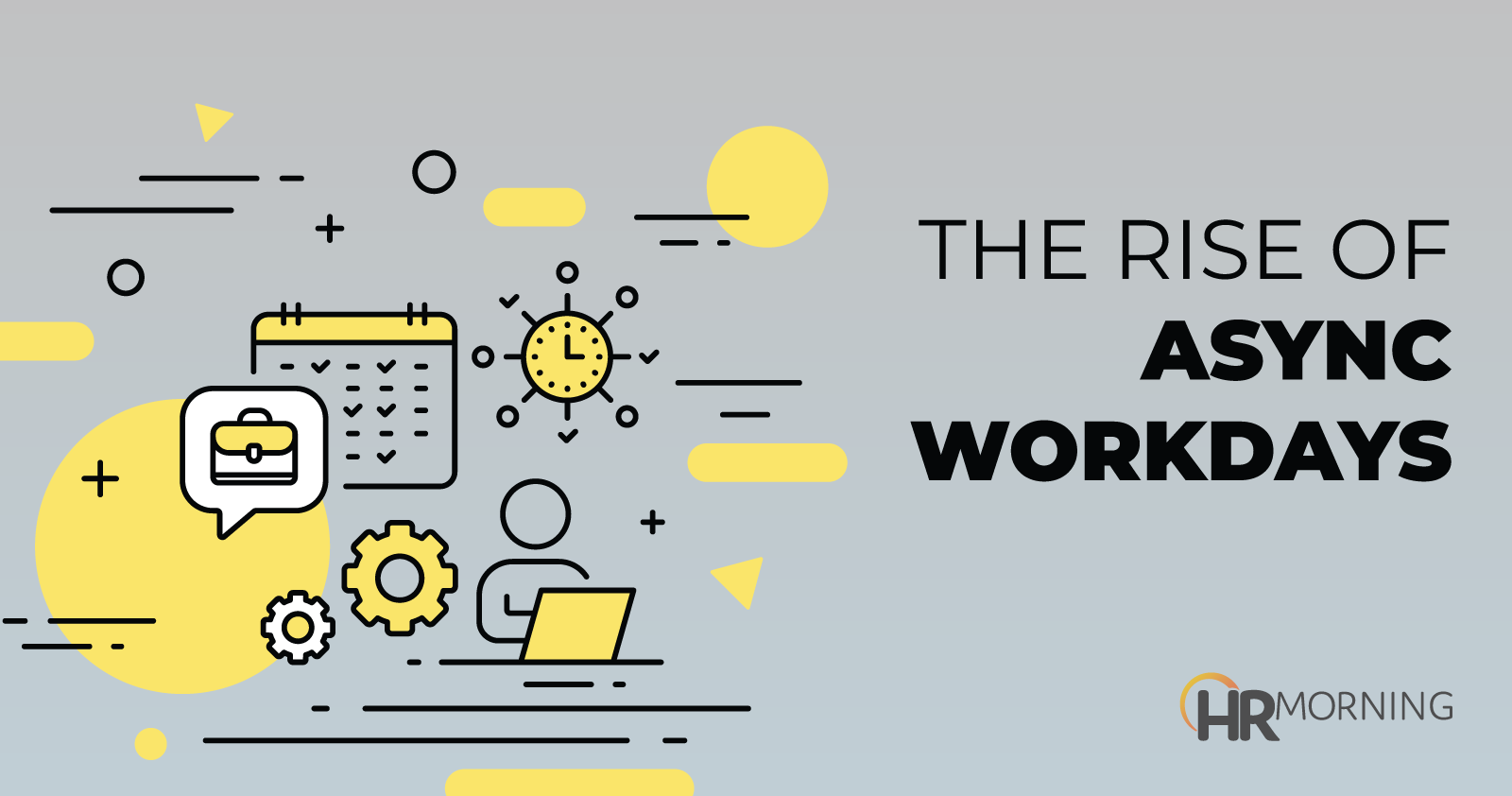The world of remote work has opened a host of new opportunities for knowledge workers. From nice-to-haves, like being able to work in your pajamas, to truly impactful benefits, like a reduced need for childcare, the benefits of remote work are endless.
The newest remote work trend – asynchronous workflows or async work – gets at the heart of what workers love about remote work: flexibility and autonomy.
Async work is simply doing work on your terms instead of a fixed schedule so that team members can work on the same project separately and at different times. That means workers bound by restrictions like time zones, childcare and chronic illnesses or disabilities can work on projects and duties when they’re at peak productivity.
This can be incredibly beneficial for many workers. In fact, nearly half (42%) of knowledge workers in a recent study from Miro said they wanted to work more asynchronously, and only 14% said they wanted to work asynchronously less.
The benefits of async
We’ve all had the feeling at some point that a meeting would have been better off as an email or was just simply a waste of time. In fact, nearly half (40%) of knowledge workers say they experience that feeling on a weekly basis.
With async workflows, employees can reduce mindless meetings and work together at their own pace, allowing employees time to reflect on what others have said and thoughtfully contribute without a time limit.
Other benefits of async that workers noted were increased flexibility (40%), better work-life balance (32%), and reduced stress (26%). On the flip side, workers reported that async makes it harder to ask clarifying questions (31%) and get feedback (26%), and may also create a sense of disconnectedness from workers (30%) and social isolation (26%).
Balancing synchronism with an async workflow is critical, as the study found that workers don’t want to do everything asynchronously.
While respondents preferred to do tasks like providing individual feedback, conducting lookbacks and collaborating with external partners asynchronously, they still prefer synchronous work for tasks such as:
- Kicking off new projects
- Introductions with new team members, and
- Solving hard technical problems.
Plus, the majority of knowledge workers (81%), say async work makes it easier to interact with difficult co-workers and 84% report it reduces the strain of micromanaging, which may lend itself to improving employee satisfaction and engagement.
How to create an async workflow
Although asynchronous work can help individuals, a solid asynchronous workflow across the company can reap many benefits. Seventy-three percent of knowledge workers agree that if their team worked better asynchronously it would improve the company culture as a whole, according to the Miro report.
To help implement an effective async workflow, consider these best practices:
- One size may not fit all. The study found that Gen Z, in particular, struggle more with an async workflow, reporting that it can increase their level of burnout and make it harder to ask questions or ask for clarification. When crafting an async workflow, it’s important to accommodate employees’ specific needs and set up methods to combat these worries.
- Establish communication methods and boundaries beforehand. Despite all its benefits, one drawback to async work is team communication. In fact, 64% of Gen Z workers worry about annoying their co-workers with async questions. Before launching an async workflow, make sure your team has set clear time boundaries and communication preferences to encourage effective communication.
- Decide what is – and is not – suitable for async. Don’t ditch all synchronous activities between teams. Depending on company needs and employee desires, there should still be ample time to connect and collaborate with co-workers face-to-face when it’s effective and necessary.


